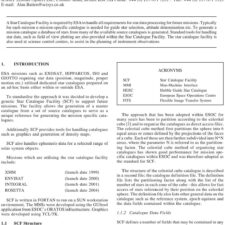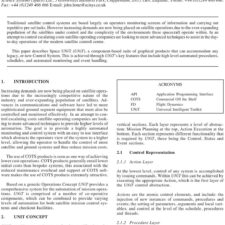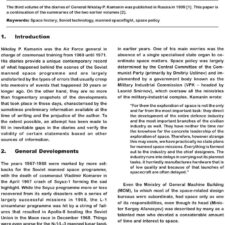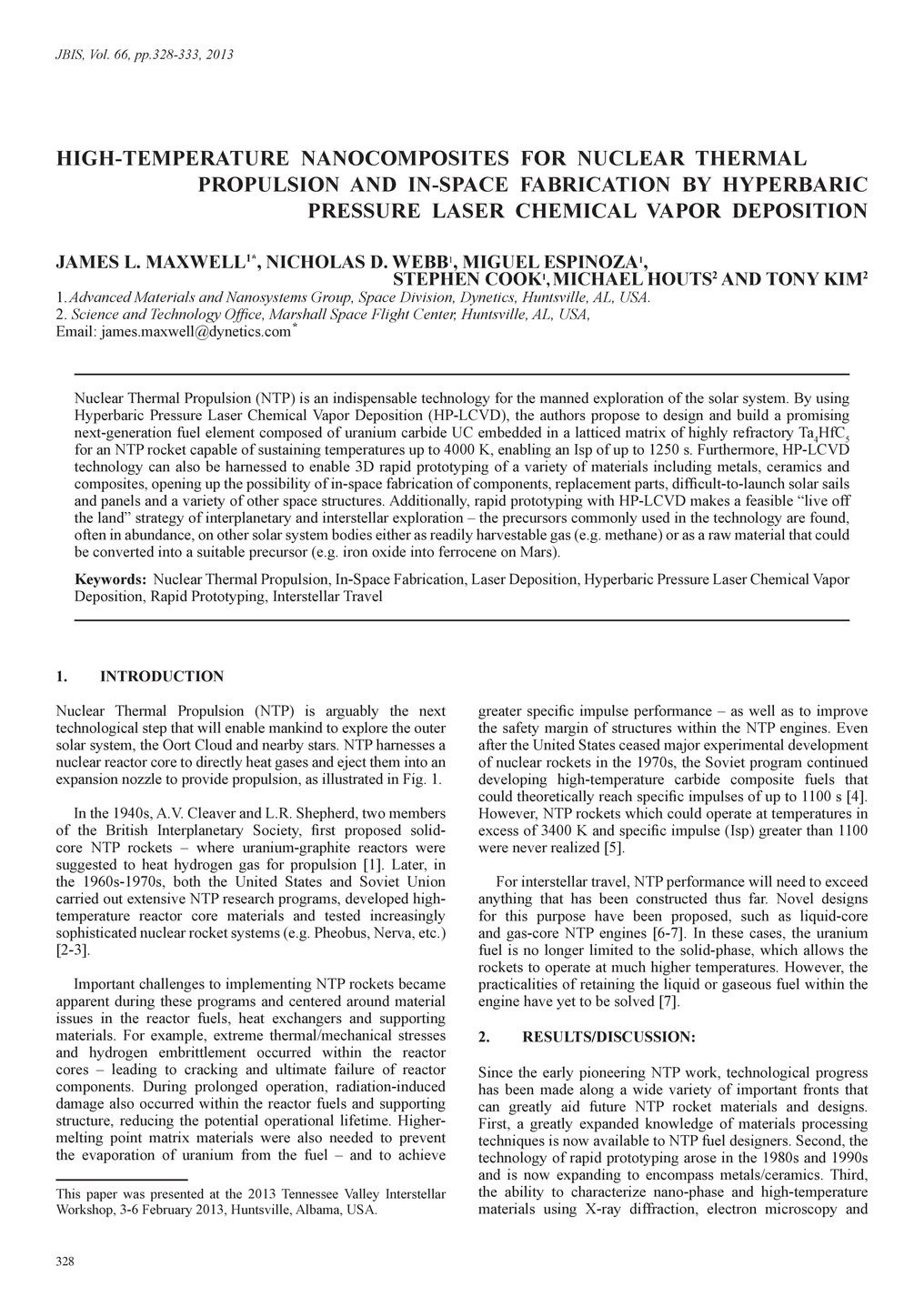High Temperature Nanocomposites For Nuclear Thermal Propulsion and In-Space Fabrication by Hyperbaric Pressure Laser Chemical Vapor Deposition
£5.00
J. L. Maxwell et al. (2013), JBIS, 66, pp.328-333
Refcode: 2013.66.328
Abstract:
Nuclear Thermal Propulsion (NTP) is an indispensable technology for the manned exploration of the solar system. By using Hyperbaric Pressure Laser Chemical Vapor Deposition (HP-LCVD), the authors propose to design and build a promising next-generation fuel element composed of uranium carbide UC embedded in a latticed matrix of highly refractory Ta4HfC5 for an NTP rocket capable of sustaining temperatures up to 4000 K, enabling an Isp of up to 1250 s. Furthermore, HP-LCVD technology can also be harnessed to enable 3D rapid prototyping of a variety of materials including metals, ceramics and composites, opening up the possibility of in-space fabrication of components, replacement parts, difficult-to-launch solar sails and panels and a variety of other space structures. Additionally, rapid prototyping with HP-LCVD makes a feasible “live off the land” strategy of interplanetary and interstellar exploration, the precursors commonly used in the technology are found, often in abundance, on other solar system bodies either as readily harvestable gas (e.g. methane) or as a raw material that could be converted into a suitable precursor (e.g. iron oxide into ferrocene on Mars).
Related products
-

JBIS Open Access Charge
£12.00 – £100.00Price range: £12.00 through £100.00 Select options This product has multiple variants. The options may be chosen on the product page -

Star Catalogue Facility
£5.00 Add to basket -

Space UNiT
£5.00 Add to basket -

The Kamanin Diaries 1967-1968
£5.00 Add to basket

